

Andrew Maclean
Honda CR-V RS e:HEV vs Toyota RAV4 Edge Hybrid: Spec battle
6 Days Ago

Journalist
Australia may have invented the car-based utility, but the American arm of a Korean company is currently making waves in the segment.
Unfortunately these ripples won’t wash the new Hyundai Santa Cruz ashore in Australia any time soon, as the ute version of the Tucson is only slated for left-hand drive production.
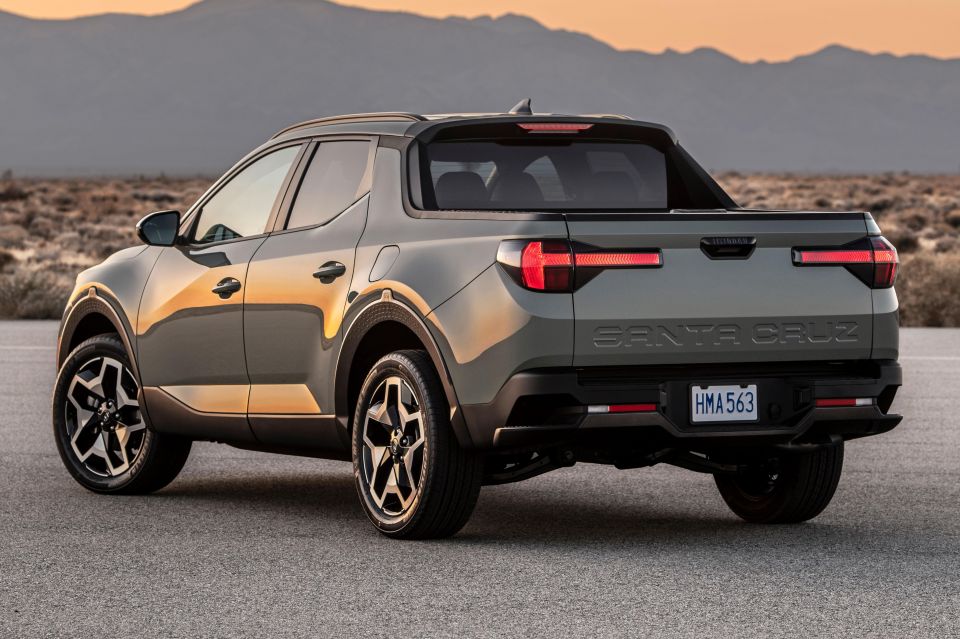
There are two engines available in the Santa Cruz. The base engine is a naturally-aspirated 2.5-litre four-cylinder with around 142kW of power and 244Nm of torque, and linked up to an eight-speed automatic transmission.
Those wanting a bit more oomph can opt for the 2.5-litre turbo four, which produces roughly 205kW and 420Nm, and is hooked up to an eight-speed dual-clutch transmission.
All-wheel drive is available, but not standard. Although available with wheels up to 20 inches in diameter, 18-inch rims are available for those who have more serious off-road ambitions.
Towing ability varies depending on the drivetrain, with the front-wheel drive 2.5-litre rated at around 1590kg, while the all-wheel drive 2.5-litre turbo can haul up to 2270kg.
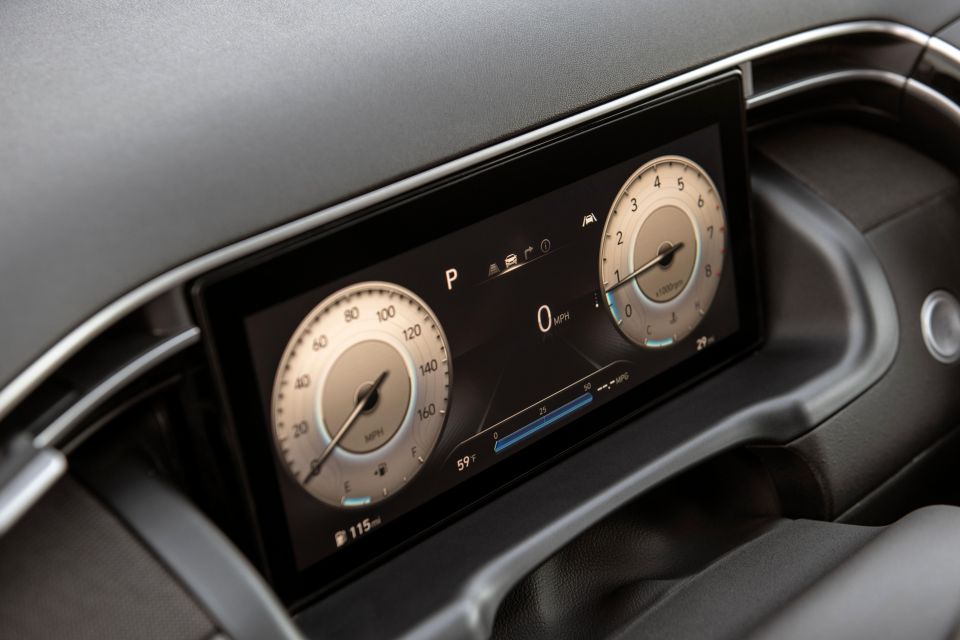
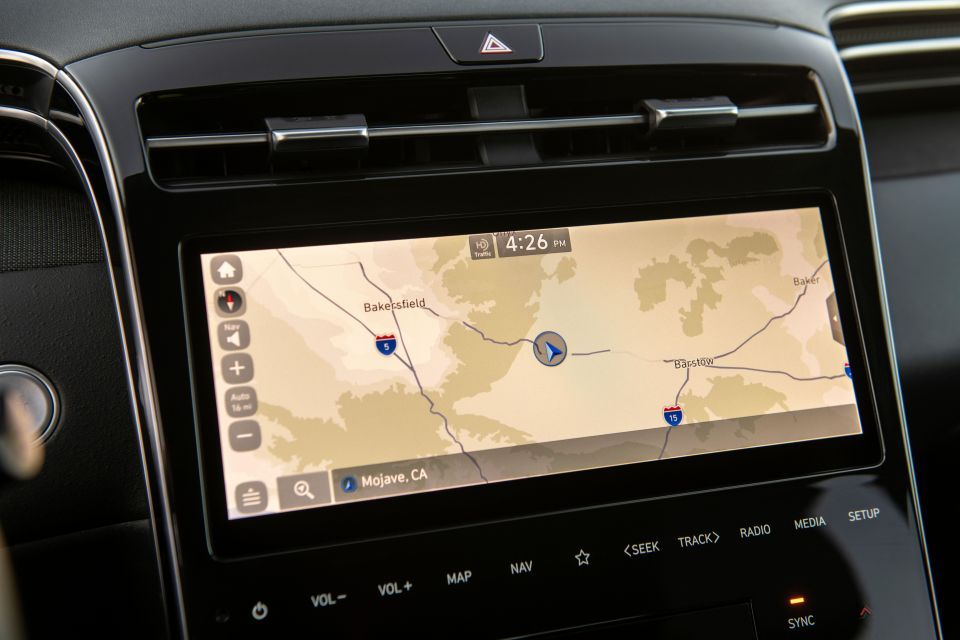

The Tucson origins of the Santa Cruz are betrayed by its interior, which shares most, if not all, of its dashboard elements with its sibling.
While the two vehicles have a common architecture and design language – best exemplified by how the headlights are integrated into the grille – the Santa Cruz and Tucson have largely unique bodies.
In addition to smaller rear doors, and an open tray with a lockable tonneau cover and hidden storage areas, the Santa Cruz has a simpler surfacing treatment, round wheel arches, and a more aggressive design for the front bumper.
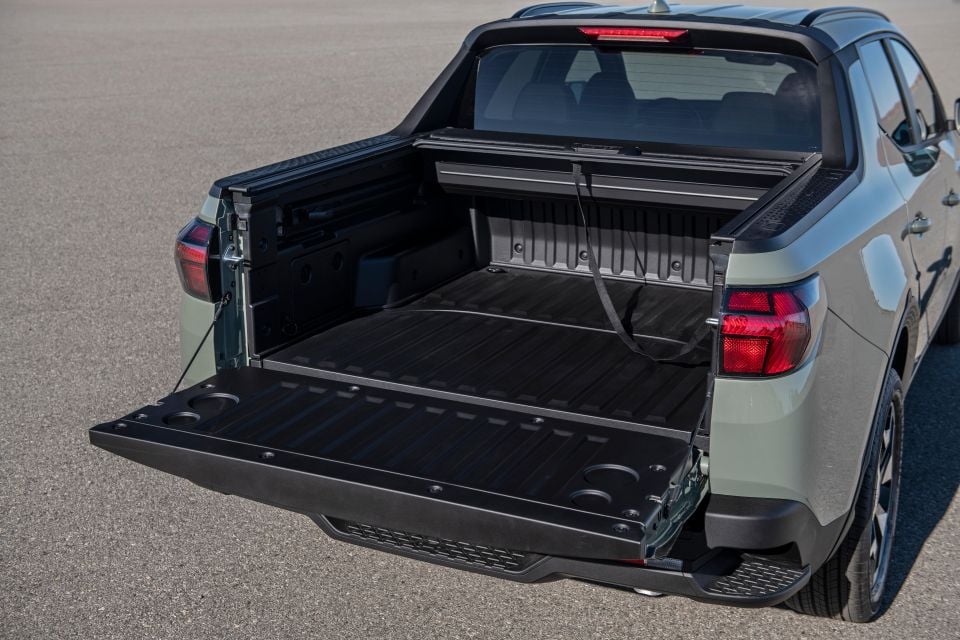
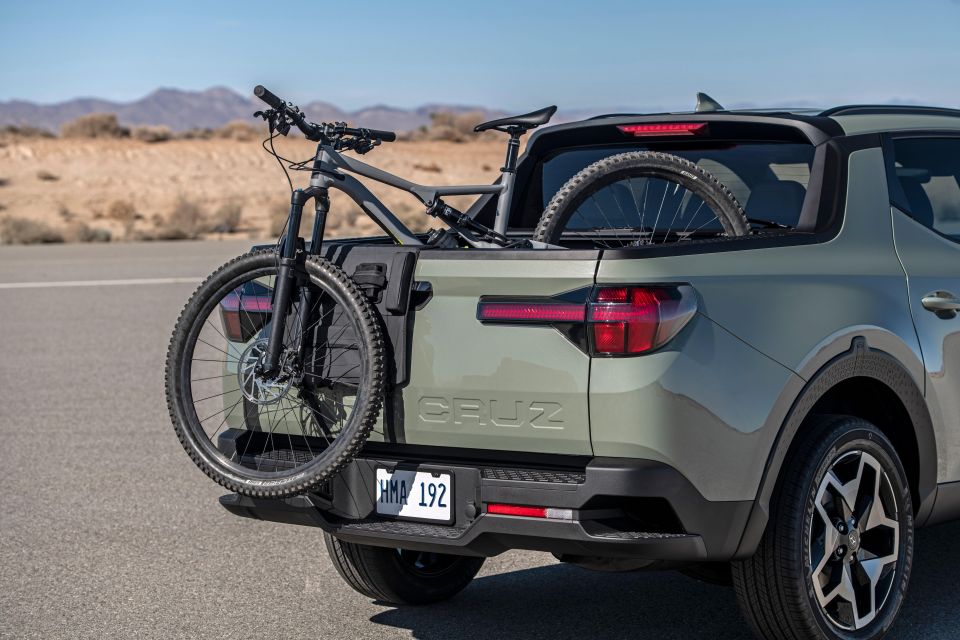
While Hyundai Australia would love to the Santa Cruz in its range, the not-so-little ute will be made in the US and only manufactured in left-hand drive.
Production of the Santa Cruz begins in June at the company’s factory in Montgomery, Alabama.
With its car-based origins, the Santa Cruz is being pitched as a lifestyle vehicle rather than a workhorse capable carrying a family, like the Ford F-150 or Toyota Tacoma.
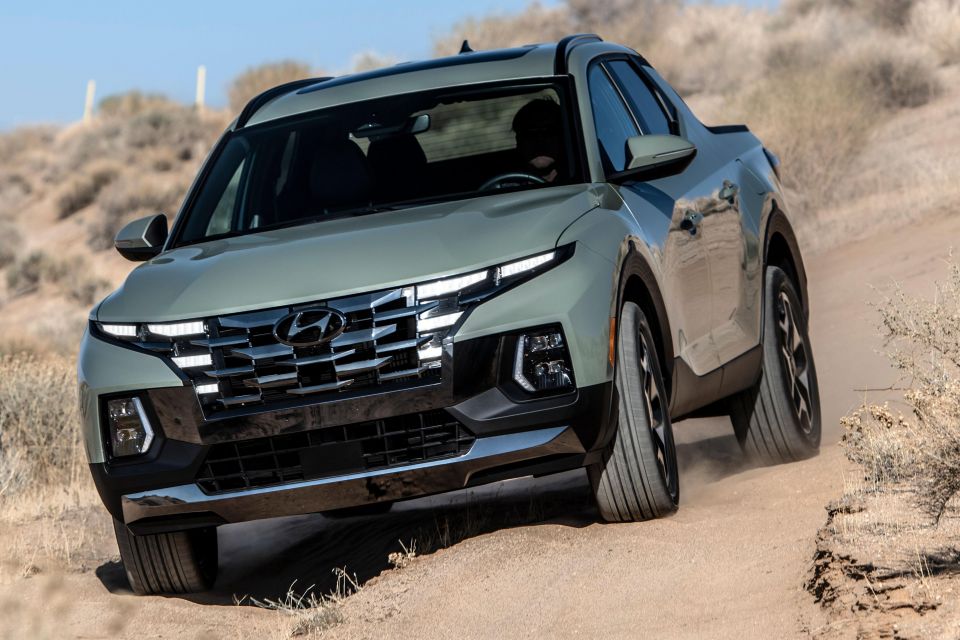
According to the firm, the Santa Cruz is ideal for those who want to “escape to weekend adventures of all kinds”, but would like to “carry various gear and equipment that is better suited to an open bed rather than a typical SUV body style”.
The Santa Cruz is 4970mm long, 1905mm wide, 1694mm tall, and rides on a 3005mm wheelbase.
This means the Hyundai is significantly smaller than the Honda Ridgeline, which is the only other car-based ute available in the US right now.
A sibling of the Kluger-sized Pilot crossover, the Ridgeline is 5334mm long, 1994mm wide, 1781mm tall, and has a 3200mm wheelbase.
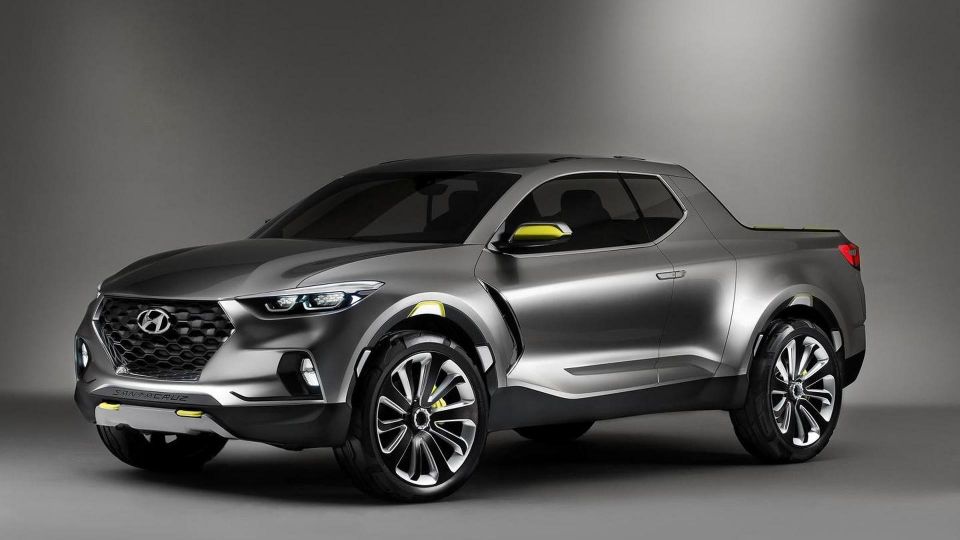
The Santa Cruz won’t have the class to itself for long, though, as Ford is currently preparing the Maverick, a pickup based on the Bronco Sport, which itself is a relation to the Escape crossover.
With Honda struggling to shift Ridgelines out of its showrooms – just 32,168 were sold in 2020, while Toyota managed to sell 238,805 Tacomas in the same period – it will be interesting to see how both the Maverick and Santa Cruz fare.
The Santa Cruz was first previewed by a concept car in 2015. The design has changed significantly since then with the brand going through two different design philosophies since the original car made its debut.
Where expert car reviews meet expert car buying – CarExpert gives you trusted advice, personalised service and real savings on your next new car.
Derek Fung would love to tell you about his multiple degrees, but he's too busy writing up some news right now. In his spare time Derek loves chasing automotive rabbits down the hole. Based in New York, New York, Derek loves to travel and is very much a window not an aisle person.


Andrew Maclean
6 Days Ago


Shane O'Donoghue
5 Days Ago


Anthony Crawford
4 Days Ago


Matt Campbell
3 Days Ago


James Wong
2 Days Ago


Max Davies
15 Hours Ago